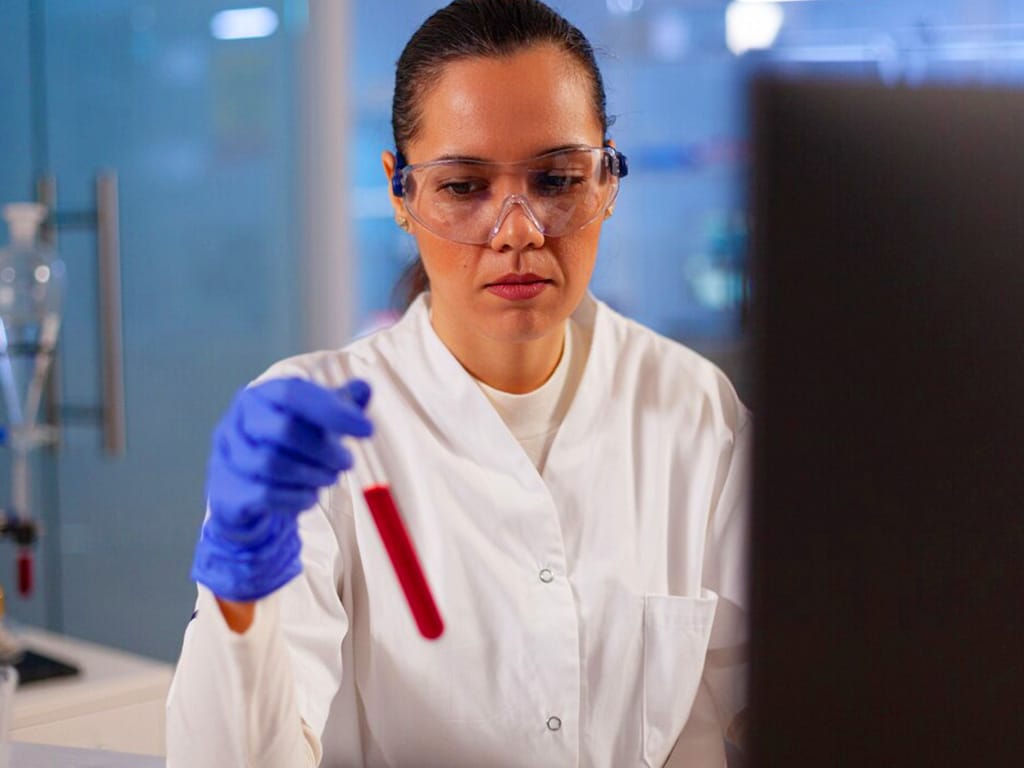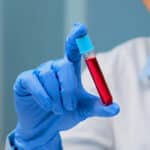Do Regular Blood Tests Show Drugs?
13 March, 2024

Individuals new to drug monitoring may ask questions like “Do regular blood tests show drugs?.” Typically, regular blood testing is designed mainly to check for a range of health status. This may include cholesterol levels, blood sugar, and kidney function diseases. However, blood analysis using drug testing panels can identify the presence of drugs or their metabolites. It can detect illegal drugs, prescription medications, and even and even heavy alcohol intake.
Drug tests are a common practice. This may include workplace drug testing, law enforcement testing, and medical testing. Traditional forms of drug testing may include urine testing, saliva testing, and hair testing. However, blood drug testing, while an invasive form of testing, provides high accuracy rates for substance detection. It is reliable and can provide precise quantification of substances. This article will present the answer to whether regular blood tests show drugs, how they work, and the testing process.
Do Regular Blood Tests Show Drugs? – Answer to the Question
Many individuals may want to know the answer to the question, “Do regular blood tests show drugs?.” Initially, regular blood analysis checks for various health indicators. This may include blood cell counts, glucose levels, enzyme activity, cholesterol levels, and other biomolecules to assess overall health conditions. However, a specific type of blood test (toxicology screen) can detect various drugs.
Accordingly, if a medical professional suspects substance abuse or if it is required for a particular purpose, they may order a toxicology screen. This test identifies substances like illicit drugs, prescription drugs, over-the-counter medications (OTC), and even ethanol. The blood sample is analysed using sophisticated lab equipment that can detect the presence and concentration of these substances.
Nevertheless, it is essential to understand that while toxicology screens can detect substances, the window of detection is relatively short. This is because the human body rapidly metabolises and eliminates many substances. For some substances, this means they might only be detectable for a few hours or days after use. Typically, it can monitor it for 12-24 hours.
Common Drugs Tested For
The following are the substances that the testing method can detect:
- Amphetamines: This includes methamphetamine and dexamphetamine.
- Cannabinoids: It can test for Tetrahydrocannabinol (THC), which is the active component in marijuana.
- Cocaine: A powerful stimulant often abused as a recreational drug.
- Opiates: These include substances like heroin, as well as prescription medications such as morphine and codeine.
- Benzodiazepines: A class of sedative medicines such as Valium and Xanax.
- Barbiturates: It is another group of sedatives. However, they are less commonly used.
- Phencyclidine (PCP): It is a hallucinogenic substance.
- Ethanol: It is an active ingredient in most alcoholic beverages.

Do Regular Blood Tests Show Drugs? – How Blood Tests Work
After knowing the answer to “Do regular blood tests show drugs?”, it is essential to understand how blood tests work. When a person ingests drugs, these substances enter the bloodstream through various means. If taken orally, drugs pass through the digestive system into the blood. Inhaled substances enter the bloodstream through the lungs. Meanwhile, injected substances are introduced directly into the circulation.
Once in the bloodstream, the blood carries the drug throughout the human body as it circulates. The blood delivers the drug molecules to various organs and tissues. Accordingly, the body begins to break down the drugs, transforming them into metabolites. The liver is the critical player in this process. It uses enzymes to metabolise the substances in the body.
The presence of both the original drug compounds and their metabolites in the blood can be detected. Nevertheless, the testing process begins with the collection of blood samples. Blood drug testing searches for specific substances, revealing the illicit substance use. The detection process typically incorporates advanced techniques and requires professional interpretation.
Factors Affecting Drug Detection
The amount of drug consumption and its strength impact how much of the substances appear in the blood. Higher doses result in higher concentrations that are easier to detect. Accordingly, regular use can lead to the accumulation of substances in the system. This buildup can extend the detection window and increase the chance of positive test results.
Individual metabolic rates determine how swiftly the body processes substances. Hence, people with faster metabolic processes may break down drugs more quickly, reducing the detection window. Additionally, how a person takes a substance affects how quickly it enters the blood and reaches detectable levels.

Do Regular Blood Tests Show Drugs? – Blood Testing Process
After knowing the answer to “Do regular blood tests show drugs?” and learning how blood tests work, it is vital to understand the blood testing process. The procedure begins with an official request for drug testing. Accordingly, a health professional collects the biological sample (blood) from the individual. Typically, they use aseptic techniques. Professionals usually draw the blood from the vein in the arm.
Once there is a blood sample, the conductor will label it and forward it to a laboratory for testing. The chain of custody is maintained to prevent tampering or misidentification. In the testing facility, technicians prepare the sample for analysis. This typically involves centrifuging or spinning the sample to separate plasma or serum from the blood vessels. Subsequently, it undergoes thorough testing.
The initial screening test usually utilises immunoassay techniques. If the screening suggests the presence of substances, a confirmation test may occur. It typically uses Gas Chromatography-Mass Spectrometry (GC-MS). After that, a medical review officer will interpret the results. Finally, a professional will generate a report and forward it to the requesting entity or party.
Detection Window
The detection window for blood testing is relatively short for most substances. It can typically identify drugs in up to 12 to 24 hours. However, the timeframe varies depending on several factors. Foremost, stimulants like cannabis may be detectable for a mere 24 hours. Meanwhile, cocaine can linger for 12 to 36 hours. Secondly, larger doses may lead to a longer window of detection.
Additionally, chronic use can extend the detection window as the body accumulates and slowly eliminates substances. Also, people with faster metabolisms process substances more quickly, shortening the detection window. Finally, overall health affects how fast the body clears drugs.
Conclusion
In conclusion, many are interested in knowing the answer to the question, “Do regular blood tests show drugs?”. Typically, regular testing is used for medical indicators. It includes checking glucose levels and cholesterol levels. However, toxicology screen blood tests can detect a wide range of substances. It can identify amphetamines, cannabinoids, cocaine, opiates, benzodiazepines, and ethanol. However, understanding how blood tests work and the testing process are crucial.
When a person consumes drugs, it enters the bloodstream in various ways. Once it is in the bloodstream, the blood carries it throughout the body. Accordingly, the body begins to break down the substances, making them into metabolites. Consequently, the testing process starts with the collection of blood samples. Then, the conductor will forward it to a laboratory for analysis. Nevertheless, it is essential to note that blood testing has a short detection window, and various factors can affect it.






























